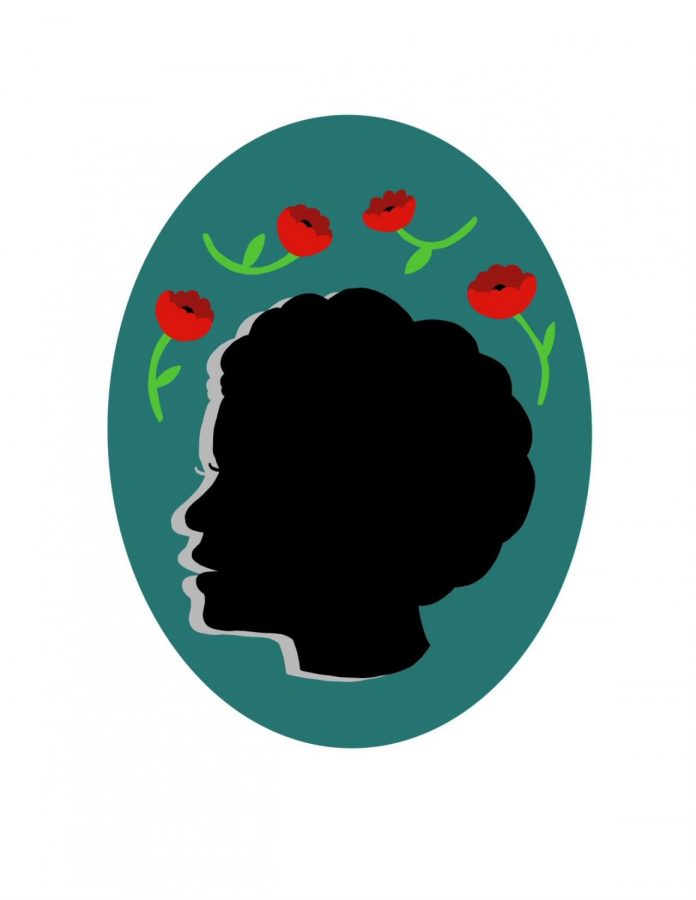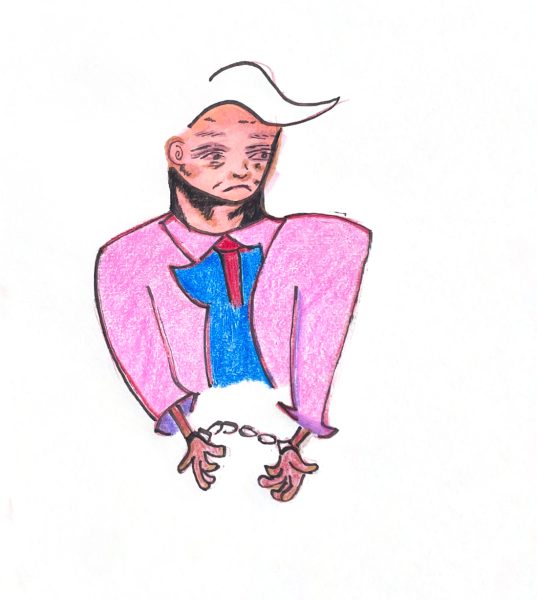A source of strength: Celebrating Black History Month
Graphic by Amber Chin
February 12, 2021
Black History Month was created to remember important individuals and events in Black history. Black History Month originally began as Negro History Week, created in 1926 by Dr. Carter G. Woodson, an African American historian. Woodson was born in 1875 in New Canton, Virginia, a son of former slaves. He earned his bachelor’s and master’s degree at the University of Chicago and later is getting his doctorate at Harvard University, the second black man to do so after W. E. B. Du Bois. Carter G. Woodson believed that it was that black history is too important to be ignored and would later found the Association for the Study of Negro Life (ASNL) in 1915, which would later become the Association for the Study of African American Life and History (ASALH) an organization to make black history open to the public.
Negro History Week was chosen to be in the second week of February. This week was chosen because it occurred at the same time as the birthday of Abraham Lincoln, on Feb. 12, and Frederick Douglass, on Feb. 20. It was created to recognize Black achievements, to show their importance and as a means for racial transformation by raising awareness of African American culture, history and black life in general. Negro History Week was created out of nothing but was part of a growing revival of black culture called the Harlem Renaissance with artists like Langston Hughes, James Weldon Johnson, Claude McKay and Duke Ellington created by the migration of southern blacks to northern cities. Later in 1976, President Ford expanded Negro History Week and transformed it into Black History Month.
Black History Month is a way to check the rest of the year that Black experiences are decreased, polluted, controlled and eradicated. Some may not accept, saying it not good enough or say it redundant; Black History Month gives us a chance for all of us to acknowledge the many contributions and sacrifices African Americans have made for this country.
Black History Month expanded the comprehension of African American history by giving assets to instructors and encouraging exhibits that recount the unbelievable accounts of African Americans. We study black history as part of American history, not a different subject. It’s just during February we focus on Black history and how it’s connected to the rest of American history. Similar to how we sometimes focus on specific states or periods of American history.
In 1619, the first African slaves arrived on the shores of the future United States. They were taken from their homeland and denied a culture and history. From there on to the end of the Civil War, black life in the United States would be dominated as they were seen, as property rather than by what they were, people. While they were denied a culture and history, they created one for themselves.
As an American historian, I would love to see this country re-examine its history of slavery. Slavery is America’s greatest sin. For almost two and a half centuries, not only did slavery exist, but it thrived. While America’s success is not solely due to slavery, we cannot separate our success from it. And while we all agree on what happened and most of know it was terrible we have very few monuments to them.
Not only should it be a source of embarrassment but as a source of strength, not only of the heroes who escaped but also the heroes who survived, forgotten by history, remembered to those who were touched by them. While slavery itself is unlikely to be forgotten, the history of the African American community could be. You can tell a lot about a person by what they celebrate, but just as important what they choose to forget. Museums not only conserve our history, but they also validate it. While museums occasionally have sections in their halls, it is not enough, and the public should be more aware of it.











